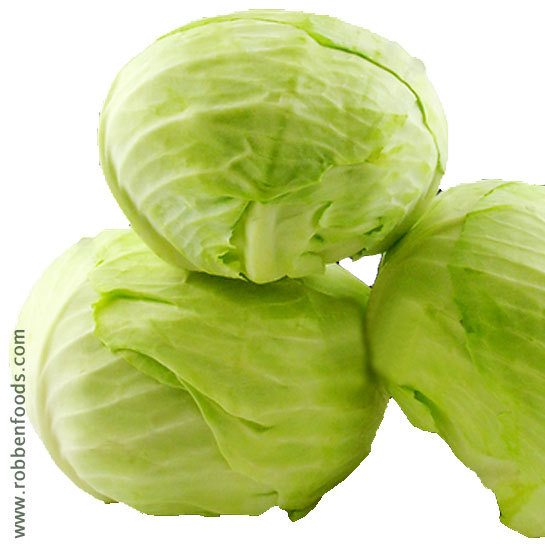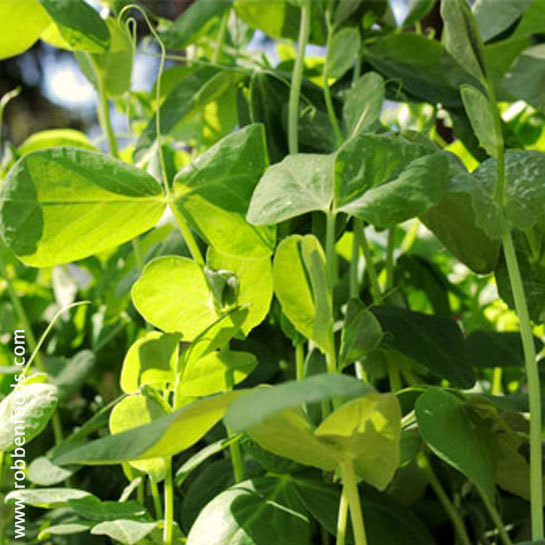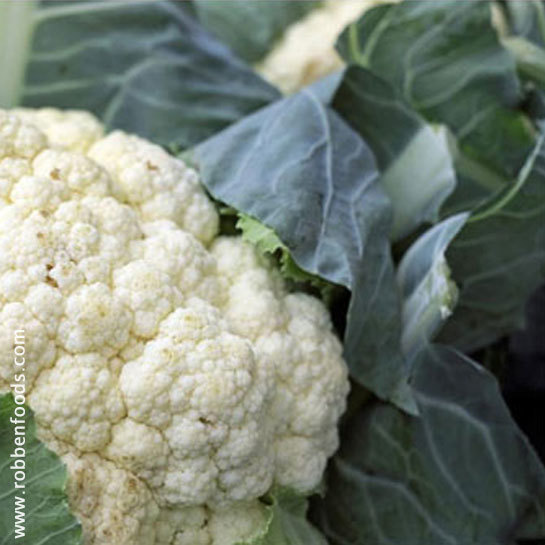Celery typically is fresher and more aromatic than store bought stalks, but can be more variable in
Chinese celery, with its distinctive flavor and versatility in the kitchen, is a valuable addition to any farm. To successfully cultivate this unique vegetable, it's essential to understand the ideal growing and harvesting seasons. In this article, we'll explore the seasons of Chinese celery farming and provide valuable insights into when to plant and when to reap the rewards of your labor.
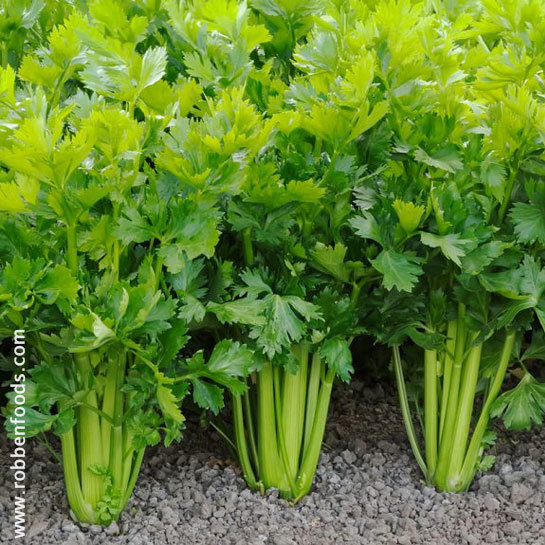
Choosing the Right Season
Chinese celery, also known as cutting celery or leaf celery, thrives in specific climate conditions. The choice of the right season for planting is crucial to ensure a healthy and productive crop. Here's a breakdown of the seasons that are ideal for growing Chinese celery:
Spring Planting: Spring is often considered the prime time to plant Chinese celery. As temperatures begin to rise and the soil warms up, typically from March to April, it provides the perfect environment for germination and early growth. The cool spring weather allows Chinese celery to flourish without the stress of extreme heat.
Late Summer Planting: If you missed the window for spring planting, fear not. Chinese celery can also be successfully planted in late summer, typically from August to September. Planting in late summer takes advantage of the slightly cooler temperatures as summer transitions into fall, creating favorable conditions for your crop.
Preparing for Planting
Before you begin planting Chinese celery, it's essential to prepare your soil and select the right location. Here are some key steps to ensure your Chinese celery thrives:
Soil Preparation: Chinese celery prefers well-drained soil that is rich in organic matter. Loosen the soil and remove any weeds or debris from the planting area. Adding compost or organic matter can improve soil fertility and water retention.
Sunlight: Choose a location that receives at least 5 to 7 hours of direct sunlight each day. While Chinese celery can tolerate light shade, it will thrive and produce better results with adequate sunlight.
Spacing: When planting Chinese celery, space the seeds or seedlings 6-8 inches apart in rows, leaving 12-18 inches between rows. Proper spacing allows the plants to grow without overcrowding, ensuring good air circulation.
Watering: Keep the soil consistently moist but not waterlogged. Chinese celery is sensitive to drought, so maintaining a regular watering schedule is essential for healthy growth.
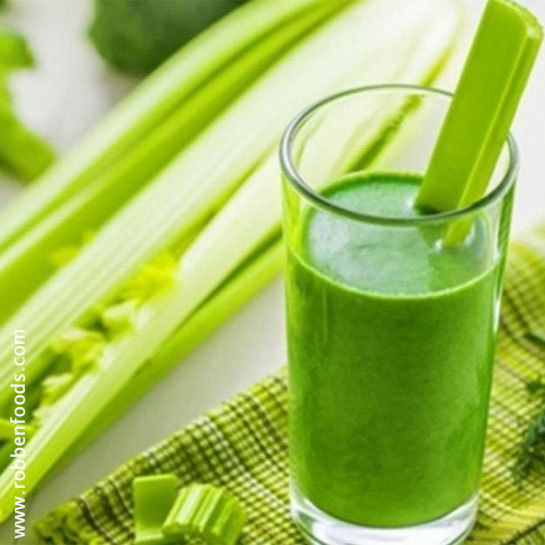
Juice from Celery
Harvesting Chinese Celery
As Chinese celery matures, you'll want to know when it's the right time to harvest. The harvesting process is relatively straightforward, and it's crucial to maintain the plant's health. Here's how to harvest Chinese celery effectively:
Leaf Harvest: Chinese celery can be harvested when the leaves reach a length of 6-8 inches. Use sharp scissors or a knife to cut individual leaves, starting from the outermost ones and working your way inwards. Avoid damaging the central growth point or crown of the plant.
Full Plant Harvest: If you prefer to harvest the entire plant, wait until it reaches a height of about 12 inches. Carefully dig up the plant, taking care not to disturb the roots. Trim away the roots and use the entire plant, including the leaves and stems, in your culinary creations.
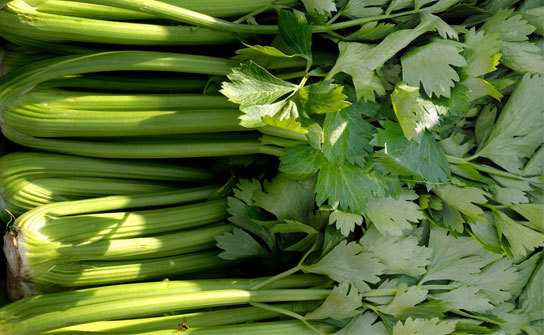
Growing Chinese celery on your farm can be a rewarding experience, provided you choose the right season for planting and follow essential cultivation practices. Whether you opt for a spring or late summer planting, proper soil preparation, sunlight, spacing, and watering are crucial for success. When it's time to harvest, remember to cut the leaves or the entire plant with care to ensure a bountiful and flavorful yield. By understanding the seasons of Chinese celery farming and following these guidelines, you can enjoy the distinctive taste and versatility of Chinese celery in your kitchen and on your farm.
#Celery #ChineseCelery
